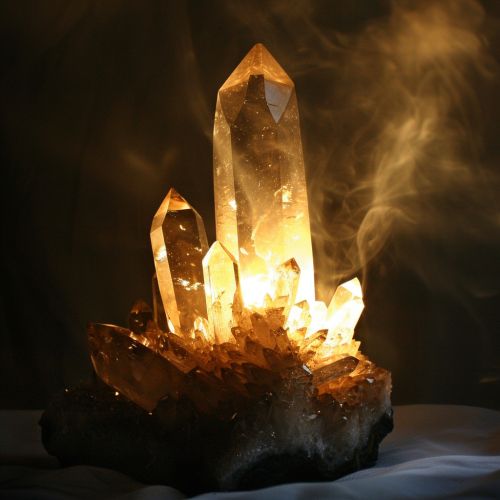Mechanoluminescence
Introduction
Mechanoluminescence (ML) is a phenomenon where light is emitted from a material when it is subjected to mechanical stress or deformation. This process can be observed in a variety of materials, including crystals, ceramics, and certain types of polymers read more. The study of mechanoluminescence has significant implications in the fields of material science, physics, and engineering.
History
The phenomenon of mechanoluminescence was first reported in the 1600s by Francis Bacon, who observed that scraping a lump of sugar resulted in the emission of light. However, the scientific investigation of this phenomenon did not begin until the late 19th and early 20th centuries. Early researchers focused on understanding the basic principles and mechanisms behind mechanoluminescence.


Types of Mechanoluminescence
There are two main types of mechanoluminescence: triboluminescence and fractoluminescence.
Triboluminescence
Triboluminescence is a type of mechanoluminescence that occurs when materials are fractured, rubbed, or scratched. This phenomenon is commonly observed in certain types of crystals, such as quartz and sugar crystals. The light emission is caused by the breaking of chemical bonds during the mechanical action, which results in the release of energy in the form of light.
Fractoluminescence
Fractoluminescence, on the other hand, is a type of mechanoluminescence that occurs when a material is fractured or broken. This type of mechanoluminescence is often observed in materials with a high degree of crystallinity, such as certain types of ceramics and minerals.
Mechanism of Mechanoluminescence
The exact mechanism of mechanoluminescence is still a topic of ongoing research. However, it is generally agreed that the process involves the creation of defects or changes in the electronic structure of the material due to the applied mechanical stress. These defects or changes can lead to the emission of light when the material returns to its equilibrium state.
Applications of Mechanoluminescence
Mechanoluminescence has a wide range of potential applications in various fields. For example, it can be used as a non-invasive method to study the mechanical properties of materials. In addition, mechanoluminescence can be used in the development of novel light sources and displays. Furthermore, mechanoluminescence has potential applications in the field of sensor technology, where it can be used to detect mechanical stress or strain in materials.
Future Research
Future research in the field of mechanoluminescence will likely focus on improving our understanding of the underlying mechanisms, as well as developing new materials with enhanced mechanoluminescent properties. In addition, there is significant interest in exploring the potential applications of mechanoluminescence in various fields, such as material science, engineering, and technology.
